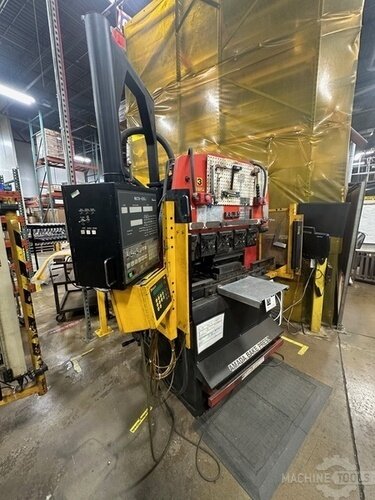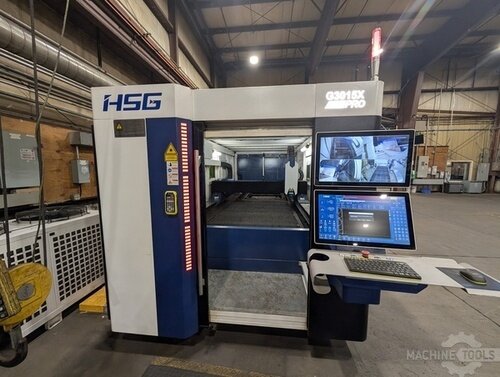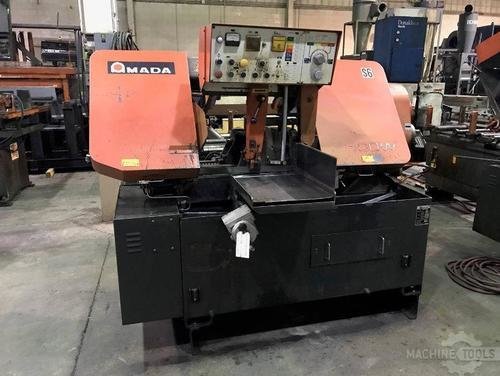As a Regional Sales Executive at Mac-Tech, I’ve had the privilege of working alongside countless fabricators across the Midwest. One common observation is the challenge of aligning laser cutting and press brake operations. Many shops struggle with inefficiencies that cost time and money. However, with the right data-driven integration, these challenges can be turned into opportunities for growth and efficiency.
Comparing Laser Power: Insights from the Shop Floor
One of the most frequent issues fabricators face is selecting the right laser power. Many shops are unsure whether they need a high-wattage laser for their operations. From my experience, the key is to assess your production needs. For instance, shops focusing on thicker materials might benefit from the power and speed of a high-wattage laser like those from HSG. This not only speeds up the cutting process but also reduces energy consumption by completing jobs faster.
Minimizing Downtime: Strategies for Faster Setups
Downtime is a productivity killer. The common culprit? Lengthy setup times. Integrating a Rytech laser with an automated press brake can drastically cut setup times. Automated tooling systems and quick-change features allow operators to switch between jobs with minimal delay. This integration can reduce setup time by up to 50%, ensuring more time is spent on production rather than preparation.
Enhancing ROI: The Impact of Tooling and Controls
Tooling and control systems are often overlooked but are critical to maximizing ROI. Advanced controls such as those from Wilson Tool allow for precise adjustments and repeatability. This precision reduces material waste and ensures consistent quality, directly impacting the bottom line. Investing in high-quality tooling pays off by minimizing errors and the need for rework.
ERMAKSAN POWER-BEND FALCON BENDING MACHING
Workflow Integration: Achieving Cleaner Cuts and Smoother Processes
A seamless workflow between laser cutting and press brake operations can significantly improve output quality. By integrating systems like Prodevco’s automation solutions, fabricators can ensure that parts are cut precisely and bent accurately. This integration leads to cleaner cuts and smoother edges, enhancing the overall product quality and reducing the need for secondary finishing.
Lessons from Automation: Upgrading for Efficiency
Automation is no longer a luxury; it’s a necessity. The most successful fabricators are those who have embraced automation to streamline their processes. Automated systems reduce the dependency on skilled labor, which is increasingly scarce. By upgrading to automated solutions, shops can maintain high productivity levels even with less experienced operators.
Future Investments: Where Smart Fabricators Are Heading Next
Looking ahead, smart fabricators are investing in advanced software and IoT-enabled machines. These technologies facilitate real-time monitoring and predictive maintenance, minimizing unexpected downtime. The future is in smart manufacturing, where data-driven decisions enhance productivity and profitability.
FAQ Section
What wattage should I choose for my laser?
The optimal wattage depends on your material thickness and production volume. Higher wattage lasers are best for thicker materials and high-speed operations.
How can I integrate automation into my current setup?
Start by assessing your current workflow. Incremental upgrades, like adding automated loading and unloading, can ease the transition.
What maintenance is required for these systems?
Regular maintenance is crucial. Follow manufacturer guidelines for routine checks and cleaning to ensure longevity and efficiency.
Is specialized training required for operators?
Yes, investing in training ensures operators can maximize the system’s capabilities, leading to better performance and fewer errors.
What is the typical lead time for new equipment?
Lead times vary based on the manufacturer and system complexity. Generally, expect anywhere from a few weeks to several months.
Thank you for considering Mac-Tech as your partner in fabrication excellence. Our team is here to help you navigate the complexities of modern manufacturing. Feel free to reach out for a walkthrough or demo to see firsthand how our solutions can transform your operations.
Get Weekly Mac-Tech News & Updates







